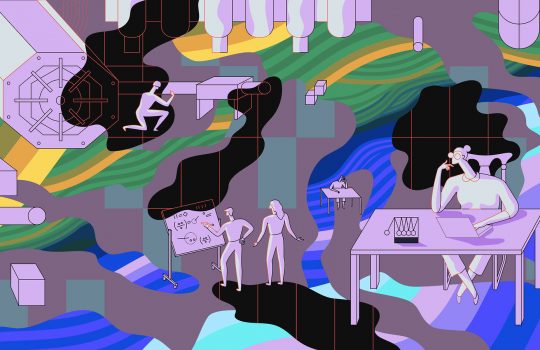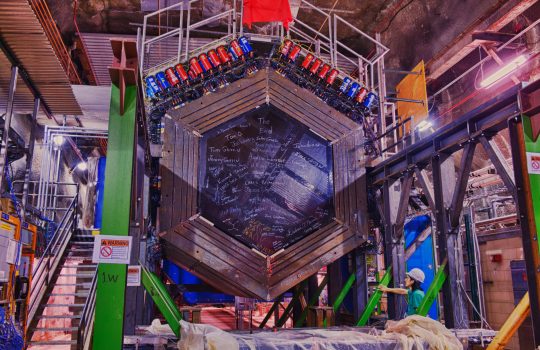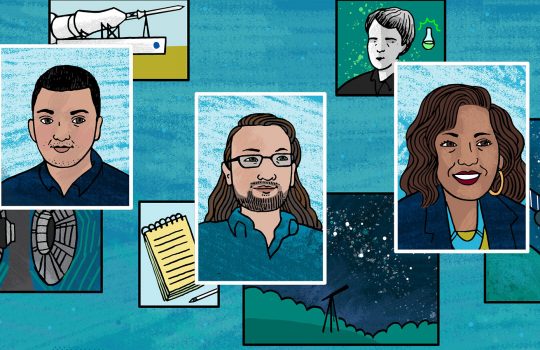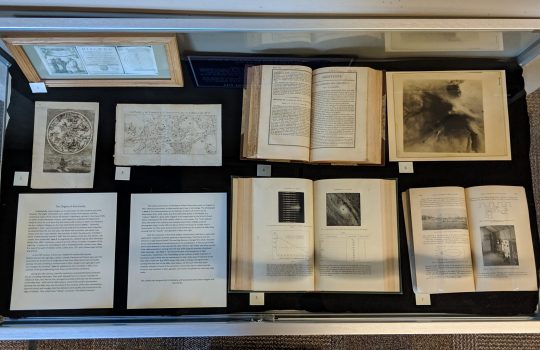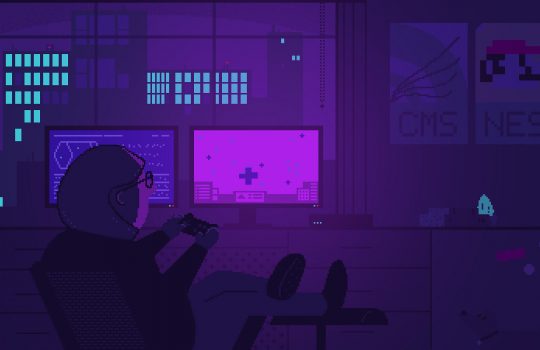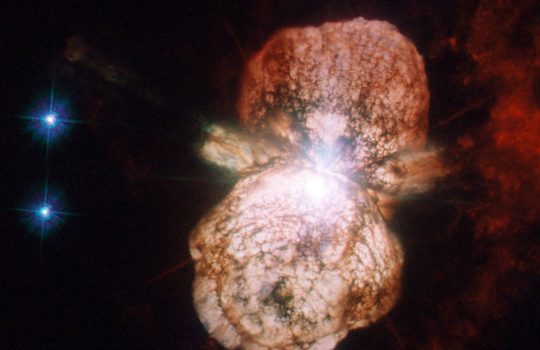Fermilab offers students chance to learn about STEM careers
From Daily Herald, April 8, 2019: On Wednesday, April 17, from 5:30 to 8:30 p.m., Fermilab will offer high school students a valuable opportunity to ask those questions in person. The annual STEM Career Expo, held in the atrium of Wilson Hall, will put those students face to face with people actually doing the jobs they will be applying for in the coming years.

